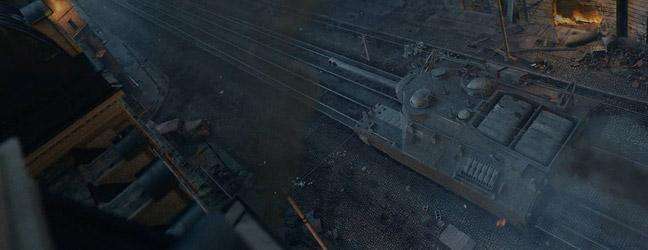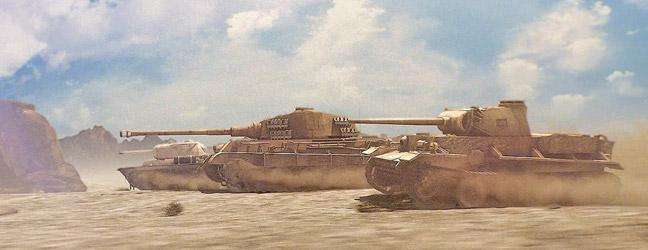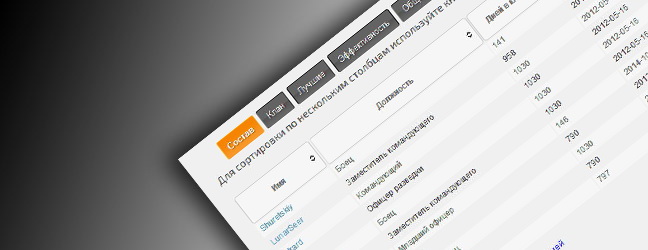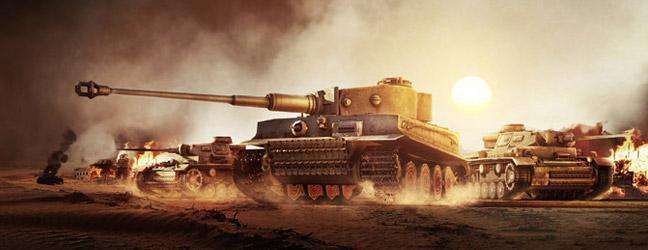EU Questions & Answers
Дата: 30.11.2011 20:02:57
 Trent, on 30 November 2011 - 03:13 PM, said: Follow-up on previous questions:
Trent, on 30 November 2011 - 03:13 PM, said: Follow-up on previous questions:Q1: I think it does. Spall liner effectiveness depends on armor absorption coefficient.
I'll explain how I see it on the example:
Maus gets hit in the front hull armor (200 mm) by HE shell, non-penetrating shot. Armor absorbs some amount of HP, exact amount depending on the factors I bolded in the formula above.
Without spall liner armor absorbs 260 HP (200 * 1.3 * 1).
With spall liner armor absorbs 299 HP (200 * 1.3 * 1.15).
So spall liner saves me 39 HP on every shot that hits my armor in a place that has 200 mm thickness.
If I understand correctly, reducing "armor absorption coefficient" will mean lowering that "1.3" number in the calculations above. Let's say from 1.3 to 0.9. So, same tank, same armor (Maus / 200 mm).
Without spall liner armor absorbs 180 HP (200 * 0.9 * 1).
With spall liner armor absorbs 207 HP (200 * 0.9 * 1.15).
So now spall liner will save only 27 HP on every shot!
This means reducing armor absorption factor (1.3 in the formula) by some percentage will also mean reducing potential amount of HP damage the spall liner can save by the exact same percentage.
So either the "Spall Coefficient" gets higher than 1.15, or the whole HE damage formula gets changed somewhat - so the spall liner usefulness stays the same.
Unless I totally misunderstood what "armor absorption factor" is : )
Q2: So, just as a confirmation, "Armor Thickness" in the HE formula have nothing to do with the angle of impact / armor slope?
Thanks
Overlord: 1.
 Trent, on 29 November 2011 - 03:58 PM, said: If you do it, does it mean you'll also increase spall liner
coefficient? If I understand the HE damage formula correctly, what
spall liner does is increasing the armor
Trent, on 29 November 2011 - 03:58 PM, said: If you do it, does it mean you'll also increase spall liner
coefficient? If I understand the HE damage formula correctly, what
spall liner does is increasing the armorOverlord: No, it still doesn't.  If we reduce HE absorption
coefficient we don't necessarily have to adjust spall liner.
If we reduce HE absorption
coefficient we don't necessarily have to adjust spall liner.
2. No, nothing. For non-penetrating HE hits armor slope is not taken into account.
2. No, nothing. For non-penetrating HE hits armor slope is not taken into account.
 Overlord, on 30 November 2011 - 08:47 AM, said: No, it doesn't.
Overlord, on 30 November 2011 - 08:47 AM, said: No, it doesn't.Overlord:
 Game Discussion\Gameplay Discussion\EU Questions & Answers
Game Discussion\Gameplay Discussion\EU Questions & Answers













